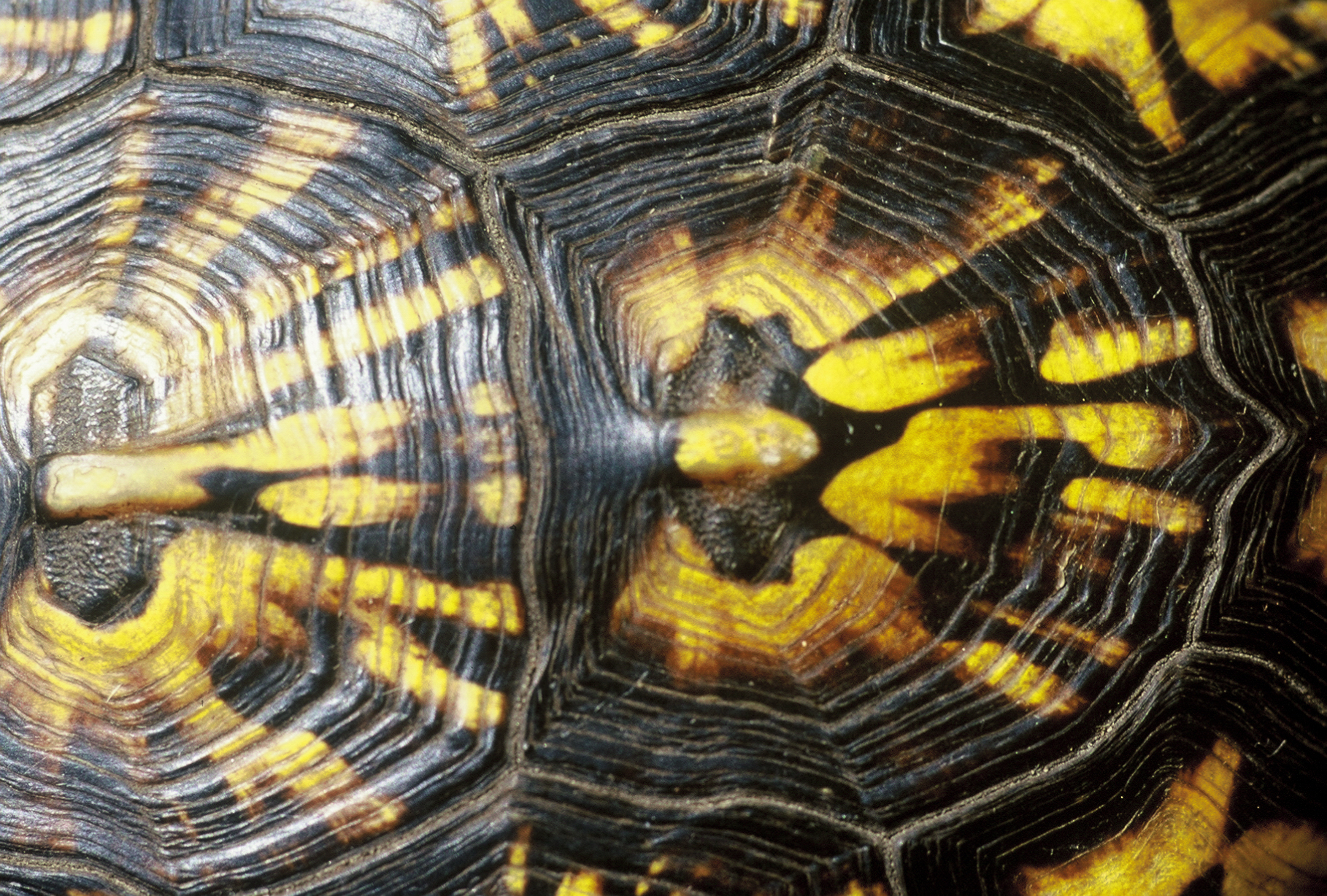



currently unavailable Chinkapin oak represents one of the most widely dispersed oaks in North America found from Texas into Minnesota to the northeastern U.S. It was by accident I found the trees in a park where sizable specimens were found along a stream in the low areas there. Surprisingly few people were growing it and I harvested acorns from these trees and began noticing the yields over the course of 20 years. During that time, I also began noticing trees with distinctive leaves some of which were very broad and others very narrow with more points along the edges. After a few years I lined my property line with a few of these trees trying to keep the different types separate. I was fortunate to also exchange seeds of other chinkapin oaks from Texas and Illinois. Surprisingly they all grew perfectly fine and my farm and have been fruitful since.
Chinkapin oaks are generally lower in bearing than other oaks I have grown. The acorns hang only on the ends of the branches only. The trees that do produce usually do it biennially and sometimes flower when frosts are imminent. This affects the yields. The acorns of this species are suppose to be higher in fat than others. I have found that the Texas chinkapins are generally heavier bearing here however if there is a good crop they all produce to some extent. There appears to be little hybridity in the progeny. I think this is normal with the species. You will also find a portion of the trees that flower when only 3 -4 ft. tall. This happened quite a bit to the seedlings I was growing. One of them I planted in my permanent oak planting and that one had heavier yields than all others combined.
This oak may require additional supplements like gypsum and chicken manure to really boost the acorn yields. The acorns are eaten by jays and chipmunks. The trees are incredibly fast growing for an oak and very easy to limb up to create a strong central leader type of plant. The trees would be good in a more managed hedgerow with mixed species. It is one of those trees that is very adaptable and somewhat shade tolerant. It tolerates close spacing. The wood is very good with this species and the trees rarely suffer from limb breakage. They can be developed to provide both timber and some acorn production. Selections of this species and hybrids will be put on the website as they are evaluated.
Selections of the acorns will be done on Texas, Wide Leaf Form, Narrow Leaf Form. Each of these comes true from seeds. Collecting seeds is tricky with this species. I will create the largest packets possible. Scionwood is available upon request as well if ordered with the acorns.
| Plant Specs |
| Genus & Species |
Quercus muhlenbergii |
| Seed Source |
Michigan and originally Texas and Illinois |
| Hardiness |
minus 25 F or more. Texas source took -29F not an issue. |
| Height (ft) |
70-80 ft. Tall slender tree in the right enviroment otherwise broad spreading to 60 ft. |
| Pollination Requirements |
Self fertile. Will help with other individuals it. One of the best oaks for not crossing being true as it rarely does so. But of course it does happen. |
| Soil |
Tolerable to a wide range of soils. Does well in wetland soils as well as dry and clay soils with high ph. |
| Climate |
Zone 4-9 fine in hot climates especially Texas |
| Ease of Cultivation |
Transplants very well. Quick to establish. Seeds sprout quickly after collection. Precocious strains could be developed with a portion of the crop flowering in a short period of time. Texas was very good at this. But in general it takes 10-20 years to fruit from seed. Some of the hybrids of it are more precocious. |
